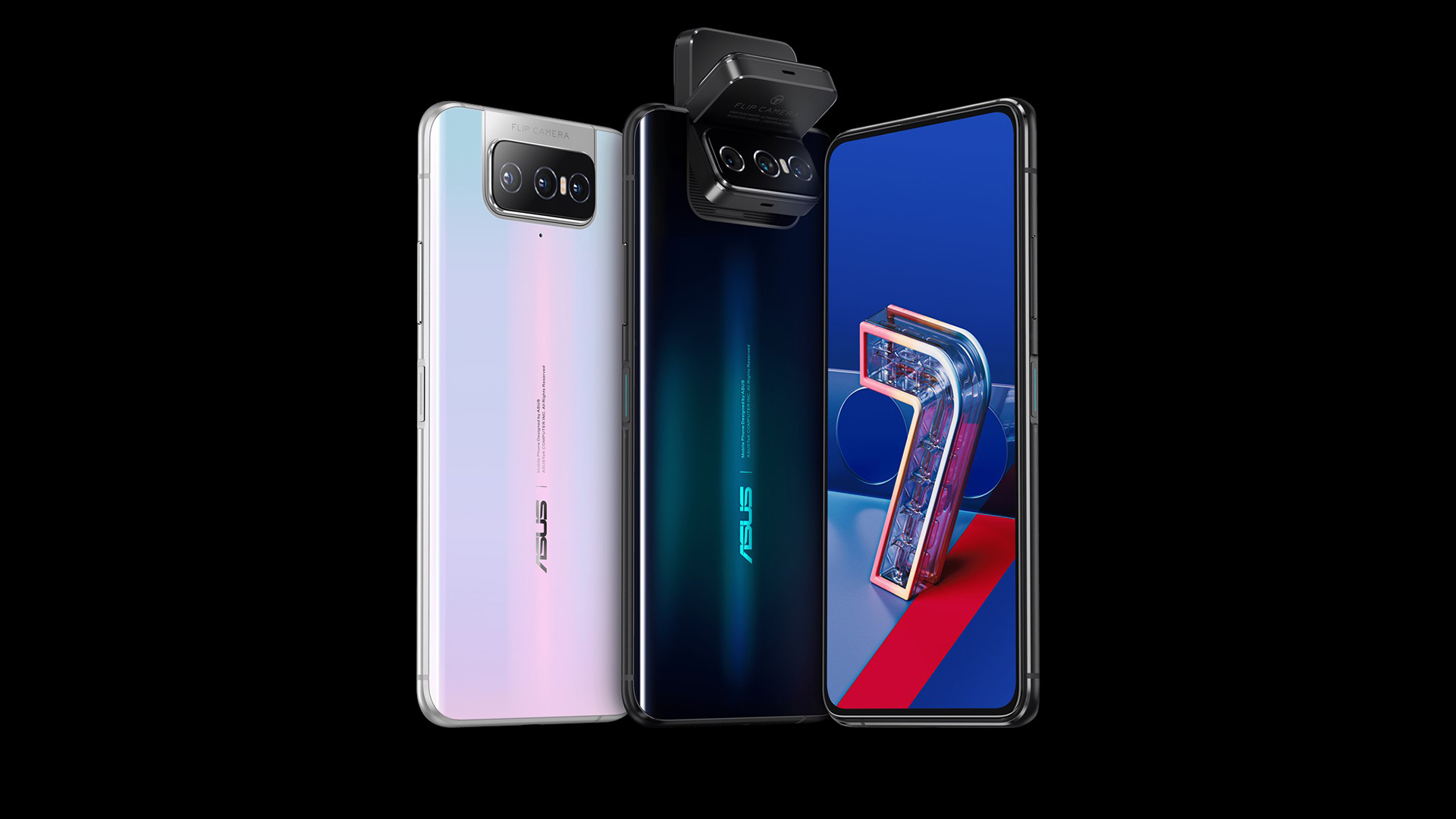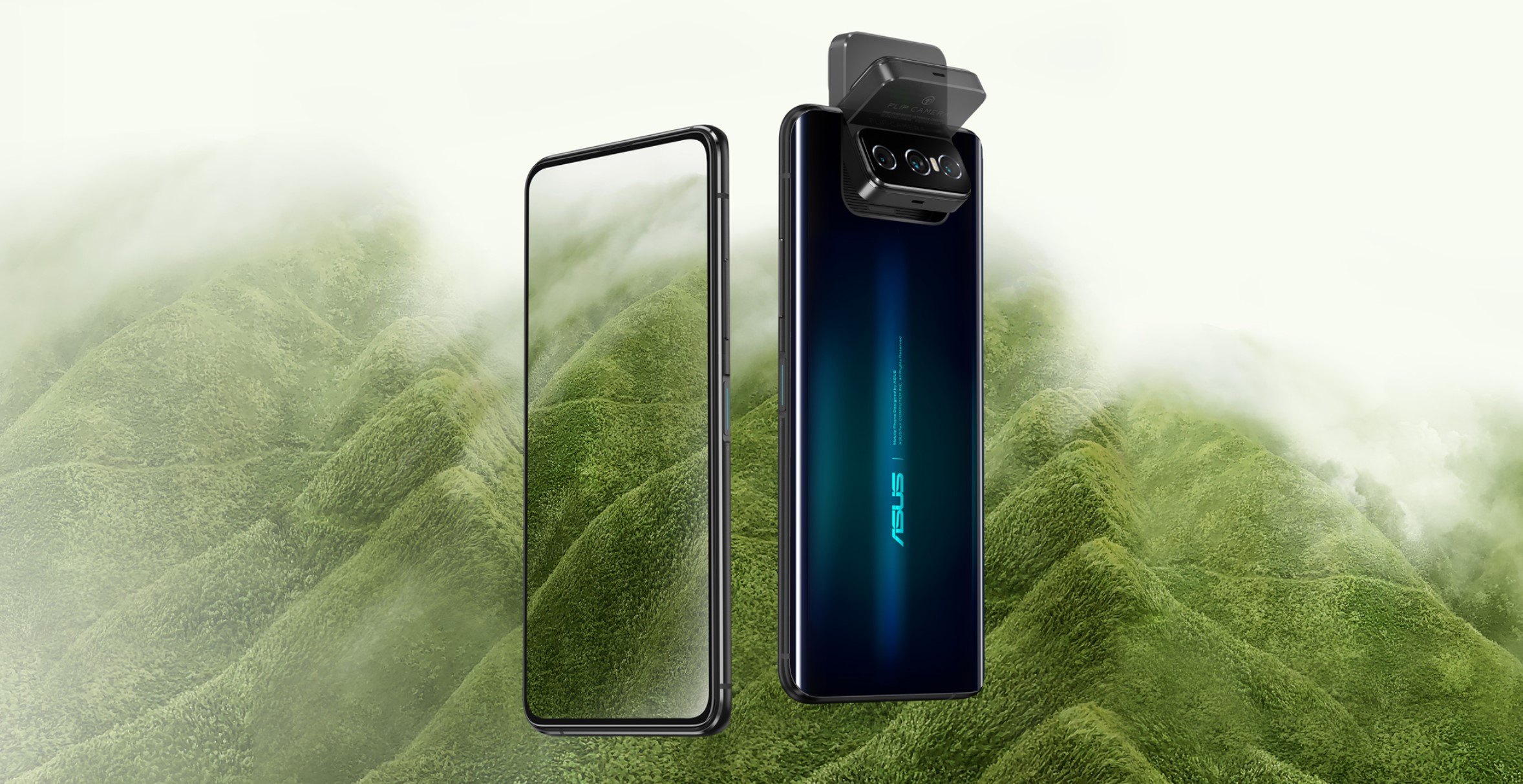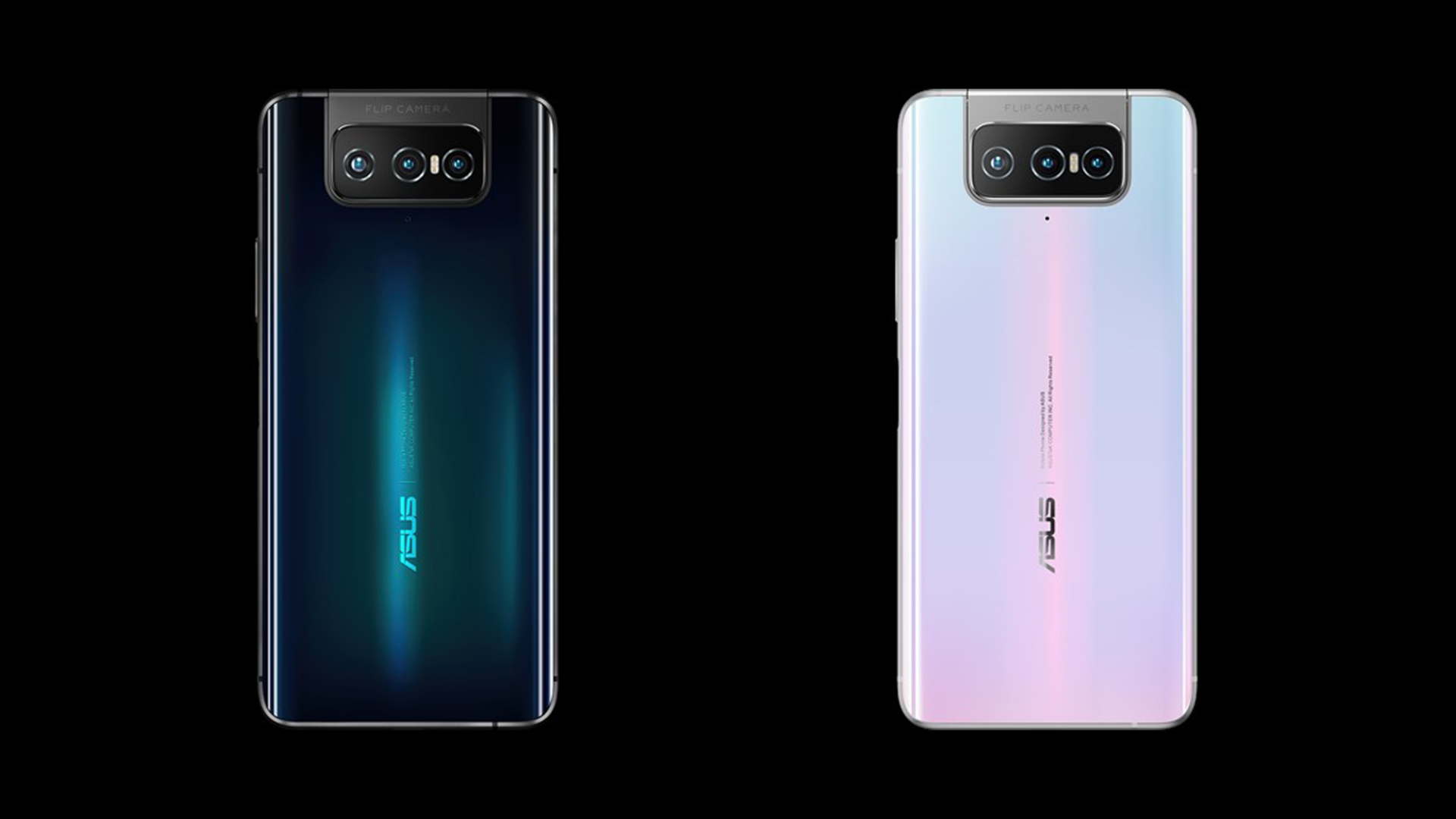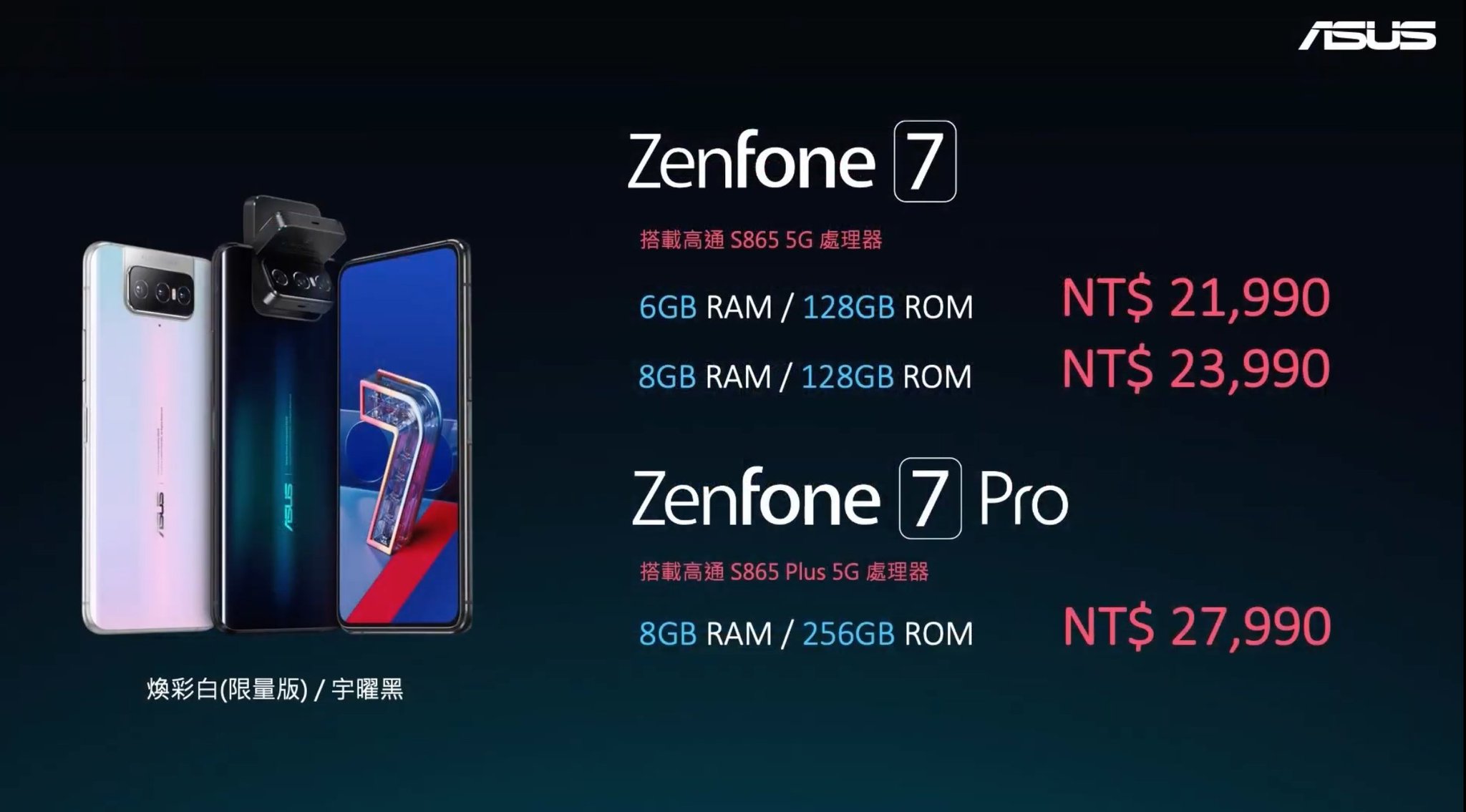Last Updated on April 30, 2021 by Rupesh Patil
Today, ASUS unveiled two new high-end smartphones: ZenFone 7 and ZenFone 7 Pro. Unlike the ROG Phone III, these smartphones are targeted towards normal consumers. These smartphones have been launched for the Taiwanese market for now, but they will reach other markets, including India, very soon. The ZenFone 7 series will compete with the Motorola Edge+, OnePlus 8, OPPO Find X2, Realme X50, Samsung Galaxy S20, Vivo X50, and Xiaomi Mi 10 series in the high-end segment.
The ZenFone 7 and the ZenFone 7 Pro feature a 90Hz OLED screen, a triple-camera setup, and a 5,000mAh battery. They are largely similar, but there are a few differences. The ZenFone 7 Pro features a slightly faster processor and a slightly better camera setup. Let us have a look at their design, features, and specifications.
ASUS ZenFone 7, ZenFone 7 Pro Features, Specifications
The ZenFone 7 and the ZenFone 7 Pro feature a 6.67-inch Super AMOLED screen with Full HD+ resolution, HDR10+, 1,000 nits of peak brightness, a 90Hz refresh rate, 200Hz touch sampling, 110% DCI-P3 color gamut coverage, and an Always On Mode. The display is protected using Corning’s Gorilla Glass 6 panel, while the rear of the two phones is covered with Gorilla Glass 3. The frames of the phones are built using aluminium. They lack dust and water resistance, though, something that’s being increasingly available on other high-end phones.
ASUS’ new smartphones run Android 10 with ZenUI 7 software. The ZenFone 7 uses the Snapdragon 865+ processor, while the ZenFone 7 Pro uses the more recent Snapdragon 865+ processor. The ZenFone 7 has 6GB/8GB RAM and 128GB storage, while the ZenFone 7 Pro has 8GB RAM and 256GB storage. Both smartphones feature sub-6GHz 5G, GPS, Wi-Fi 6, Wi-Fi Direct, Bluetooth 5.0, NFC, and a USB Type-C port. They also feature stereo speakers and support for BDS, GALILEO, GLONASS, NavIC, and QZSS.
The ZenFone 7 and the ZenFone 7 Pro come with a motorized swivelling camera setup consisting of three camera modules. The primary camera uses a 64MP (1/1.72-inch) sensor with F1.8 aperture, 26mm wide-angle lens, 0.8µm, and PDAF. The secondary camera has a 12MP sensor (1/2.55-inch) with F2.2 aperture, PDAF, a 17mm ultrawide-angle lens, 1.4µm pixels, and dual-pixel PDAF. The third camera uses an 8MP camera with F2.4 aperture, 80mm telephoto lens with 3x optical zoom, and PDAF.
The ultrawide camera on the phones can double up as macro cameras, and can focus at objects as close as 4cm. The difference between the two phones’ camera setups comes down to the inclusion of OIS in the primary and telephoto cameras. The ZenFone 7 Pro features OIS, but the ZenFone 7 doesn’t. Both phones can also record 8K 60fps, 4K 60fps, and 4K 120fps (slow-motion) videos. The company has mentioned that it has improved the HDR video mode and Night Mode camera algorithms.
Both smartphones are powered by 5,000mAh batteries, and they are compatible with 30W fast charging. It is compatible with USB Power Delivery 3.0. ASUS claims that the bundled charger can charge the ZenFone 7 or the ZenFone 7 Pro up to 60% in 34 minutes and 100% in 93 minutes. The devices also feature reverse charging, which means you can charge other devices using the ZenFone 7 series smartphones. They are available in Aurora Black and Pastel White colours.
Compared to the swivelling camera mechanism of the ZenFone 6Z, the ZenFone 7 series uses a newer, smaller motor that has double the torque. This new swivelling mechanism can do 100 swivels per day for five years straight, according to ASUS’ claims. When the new mechanism is flipped open, it can support up to 35kg of weight pushing it forward, which means you have to really apply force to move it from its position. ASUS also offers an Active Case for the phones in the box, and it has a latch that secures the swivelling mechanism in place.
ASUS ZenFone 7, ZenFone 7 Pro Price
The ASUS ZenFone 7 price is NT$21,990 (around ₹55,522) in Taiwan for the 6GB+128GB variant. The ZenFone 7 Pro’s pricing is set at NT$27,990 (around ₹70,671). Pricing or launch date for the Indian market haven’t been announced yet, but we expect the phone to make it to Indian shores before the Diwali festive period.







Discussion about this post